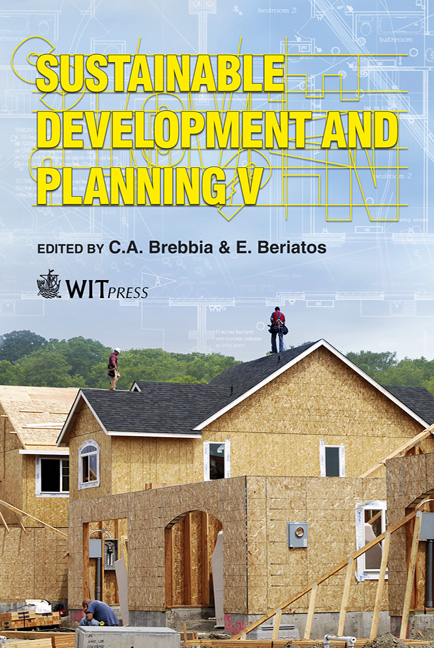The Soundscape Of Cities: A New Layer In City Renewal
Price
Free (open access)
Transaction
Volume
150
Pages
13
Page Range
355 - 367
Published
2011
Size
3,483 kb
Paper DOI
10.2495/SDP110301
Copyright
WIT Press
Author(s)
M. Leus
Abstract
The conservation of historical heritage and the development of public spaces are important issues for the liveability of cities and everyday life. Yet, spatial qualities are rarely designed and evaluated as a combination of senses. Public spaces manifest themselves not only in a visual but also in an acoustic way. Next to the visual aspect of urban spaces, sounds and silence are also indicators of the environmental layout. A sonic urbanity opens a perspective for a better policy with regard to sensorial aspects in design and management of public spaces. The study of the soundscape of cities is an ‘ear-opening’ for the multi-sensory qualities of semi-public spaces. Research in which the soundscape is integrated, helps to enhance and emphasize the different components and the underlying historical layers of the city and stimulates the imagination in the construction of narrative tales. The northern part of the city centre of Antwerp, a remarkable cultural heritage site, is used as a case study to examine different concepts and methods for the implementation of sound in urban development. The research of soundscape in urban planning and heritage management of cultural sites opens up perspectives to create new design paradigms for public spaces. Keywords: soundscape, cultural heritage, experience, sonic concepts, notation tools, communication. 1 Introduction The soundscape of a city is generally marked as something trivial. As a result of contemporary technological noise pollution, urban sounds are often defined as ‘unwanted’. Sound pollution, an important form of discomfort, has a negative
Keywords
soundscape, cultural heritage, experience, sonic concepts, notation tools, communication.





